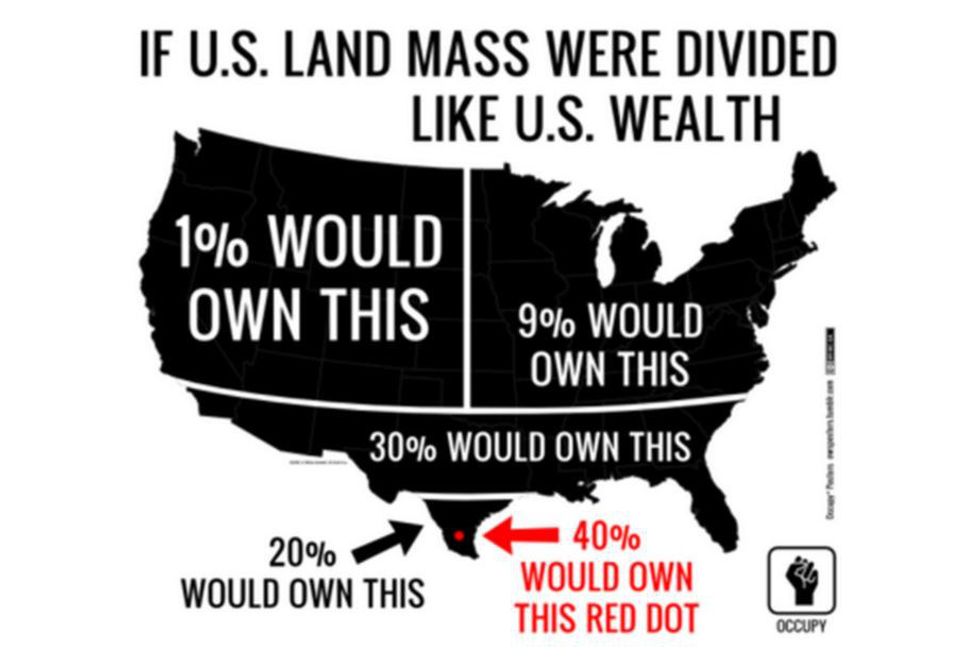Here at Eastern University, as a part of my general education courses, I take a social justice class. In this class, we discuss controversial topics, from Black Lives Matter to issues of immigration. My professor educates us thoroughly about each issue, and then facilitates an in-class discussions about the issue. He puts forth facts and varying opinions, then lets us raise our questions and our voices. To be honest, going into Justice in a Pluralistic Society, I was terrified. I was unsure how I would be able to emotionally handle being faced with the ugly truths of the world. I was afraid I would be struck helpless by finding out about injustices which happened in my own community. In the beginning, I was. But, because it is a requirement, and because I was armed with a friend in class, I was able to persevere and become educated about the hot topics I used to only vaguely hear about.
Now, the most recent topic we are discussing in class is the wealth inequality that is in the United States. Before this class, this is something which I had only minimally heard jokes about; the classic 1% jokes that ran through my daily conversations. But I never really understood what it all meant. Sure, I picked up on the fact that 1% of the population had a bunch of the wealth in the United States, but I did not really understand what that entailed. Until this class at least.
Let it be said, that I still do not know everything there is to know about wealth inequality in the United States, but what I do know, I have an opinion about. And just as I am entitled to my opinion, you are entitled you yours; there is still freedom of speech at least.
It all started with a video...
Maybe you have seen this video, Wealth Inequality in America. It is a video which illustrates statistics that can be found on CNN Money, ThinkProgress, Dan Ariely, and Mother Jones. These statistics have to do with, you guessed it, the wealth inequality in the USA today. If you have not seen this video, I highly encourage you to watch it, but in case you do not have the time, here is a picture which illustrates the same main point.
So, the main point here is that one percent of the population owns about 40% of the wealth in the US; with the top 10% owning about 80% of the wealth (including the top 1%). Which leaves the remaining 60% of the population with about 20% of US wealth.
We illustrated this in my justice class using chairs. There were ten people and there were ten chairs. My professor then divided the chairs according to this actually. He asked the student which represented the top 10% to take control of eight chairs. My classmate proceeded to lay out across seven chairs, with some difficulty might I add, it is harder to take up all that space than it sounds. My professor then told the next student to take up one chair. The next two students got to share a chair between them. That leaves six students left, with one chair. My professor told four of the remaining six students to have the remaining chair. This left two students, myself and another student, with no chairs.
Now I know.
I understand the disproportion that is the system of wealth distribution in the United States. I can say that I have seen the numbers; I understand the charts; I rage at the injustice. But so what?
That's the thing. Having all these statistics does not mean anything until you do something with them. Until you form opinions about them and see their applications in the real world. So that is what I am going to do next. Give you my personal opinion on the matter. But being as this article is running a little long on its own, and I have a lot of opinions on the matter, I am going to set up a little series of articles: US Wealth. So, in the oncoming weeks, I will be discussing things which surround this issue and how I feel about them. Stay tuned...




















